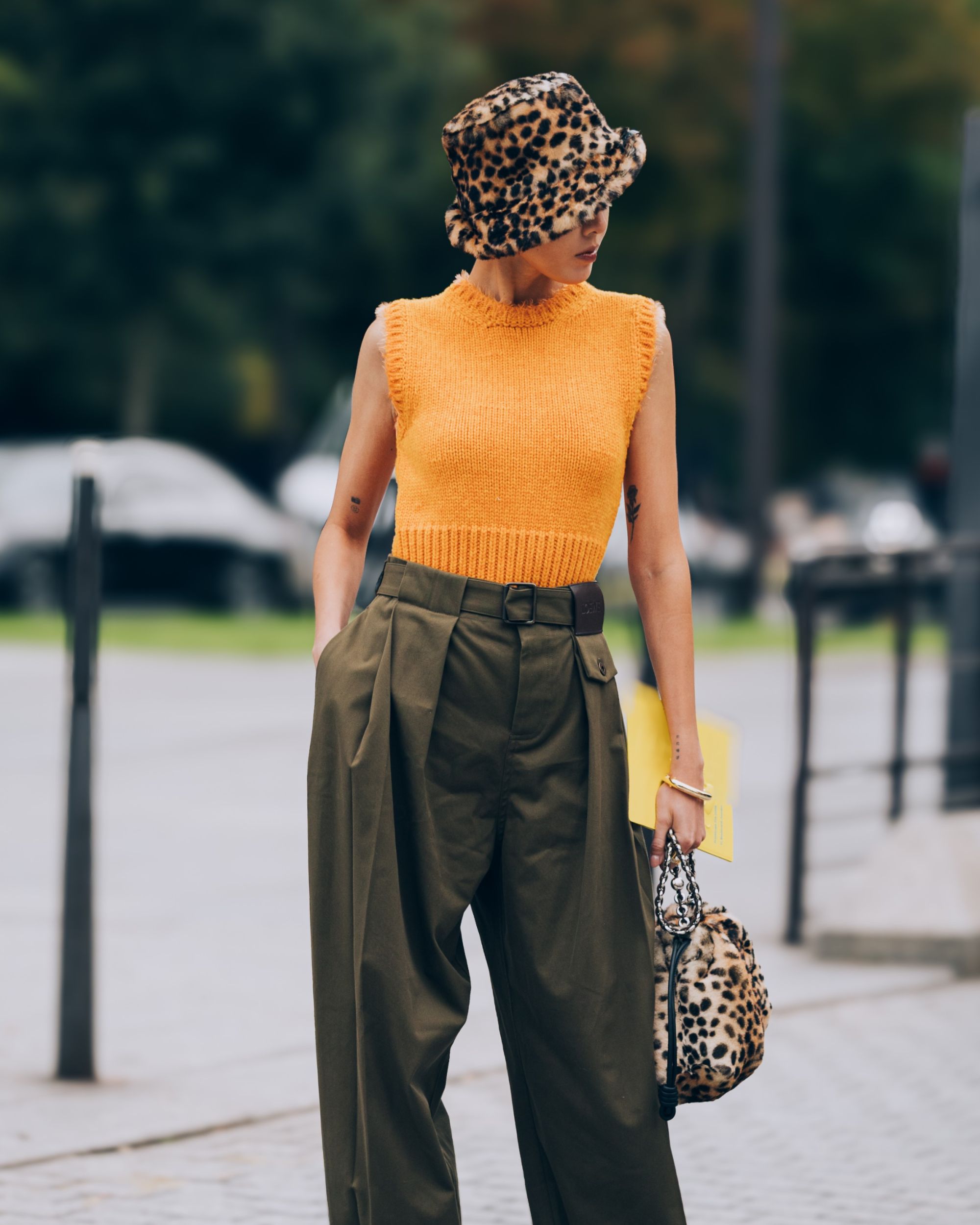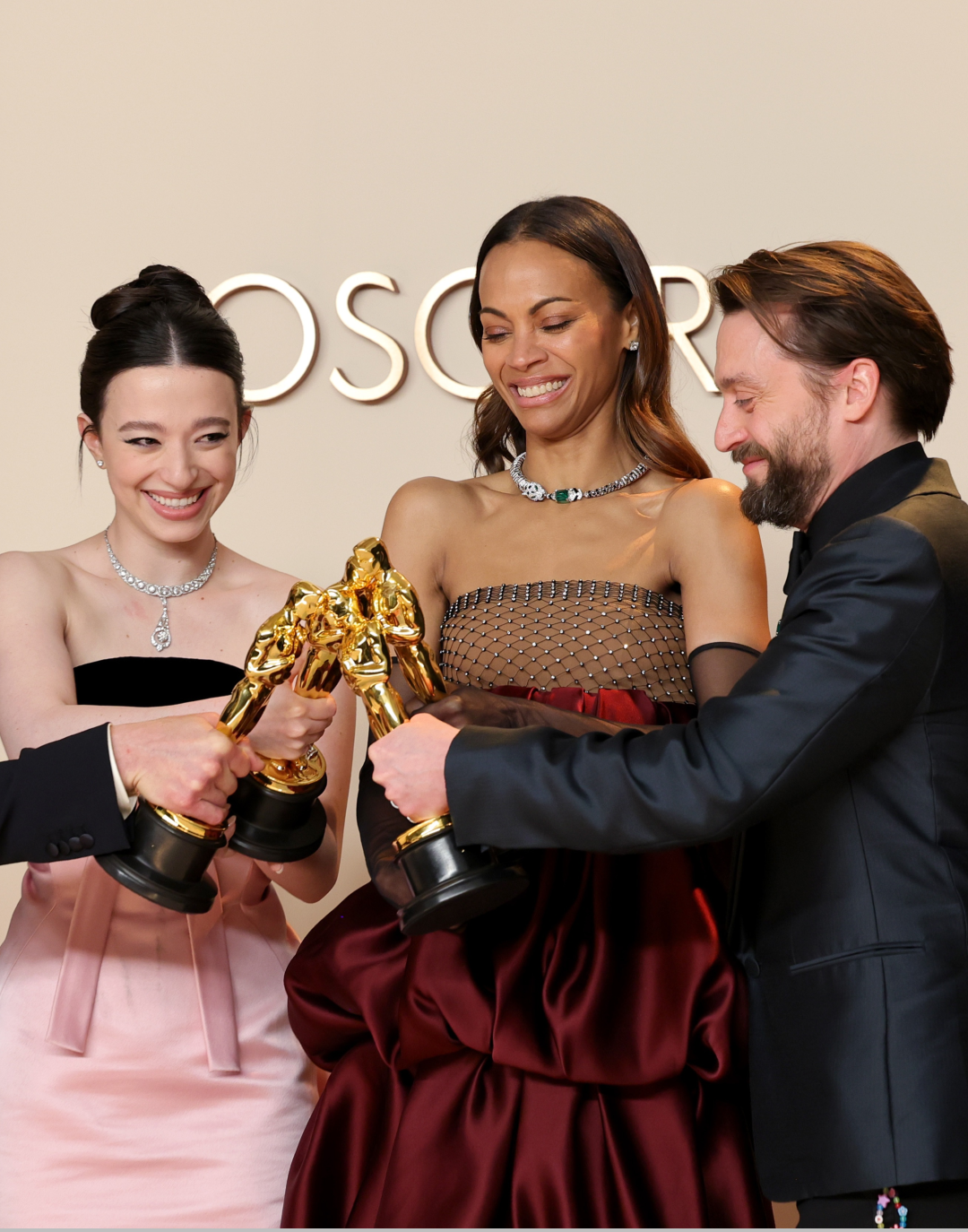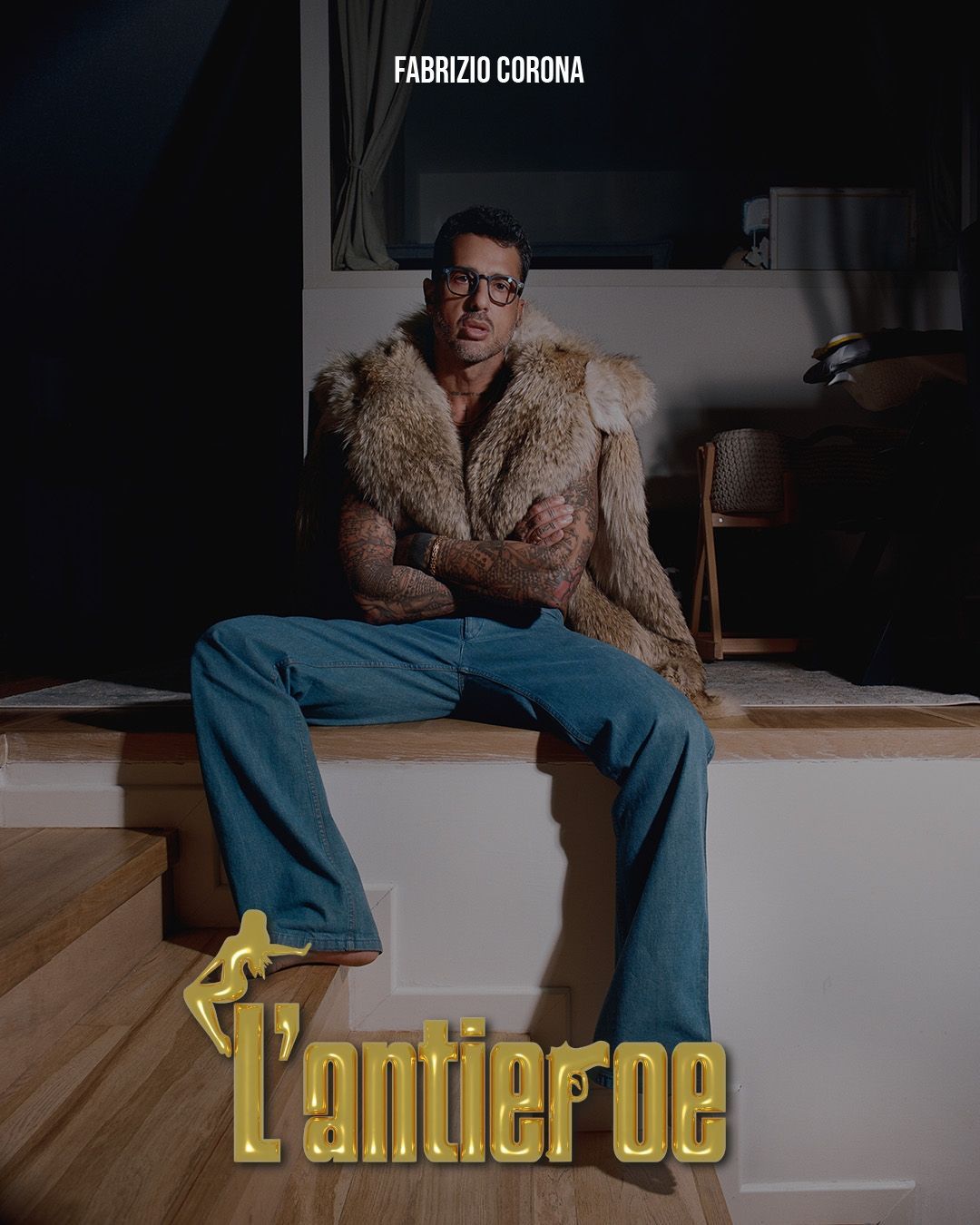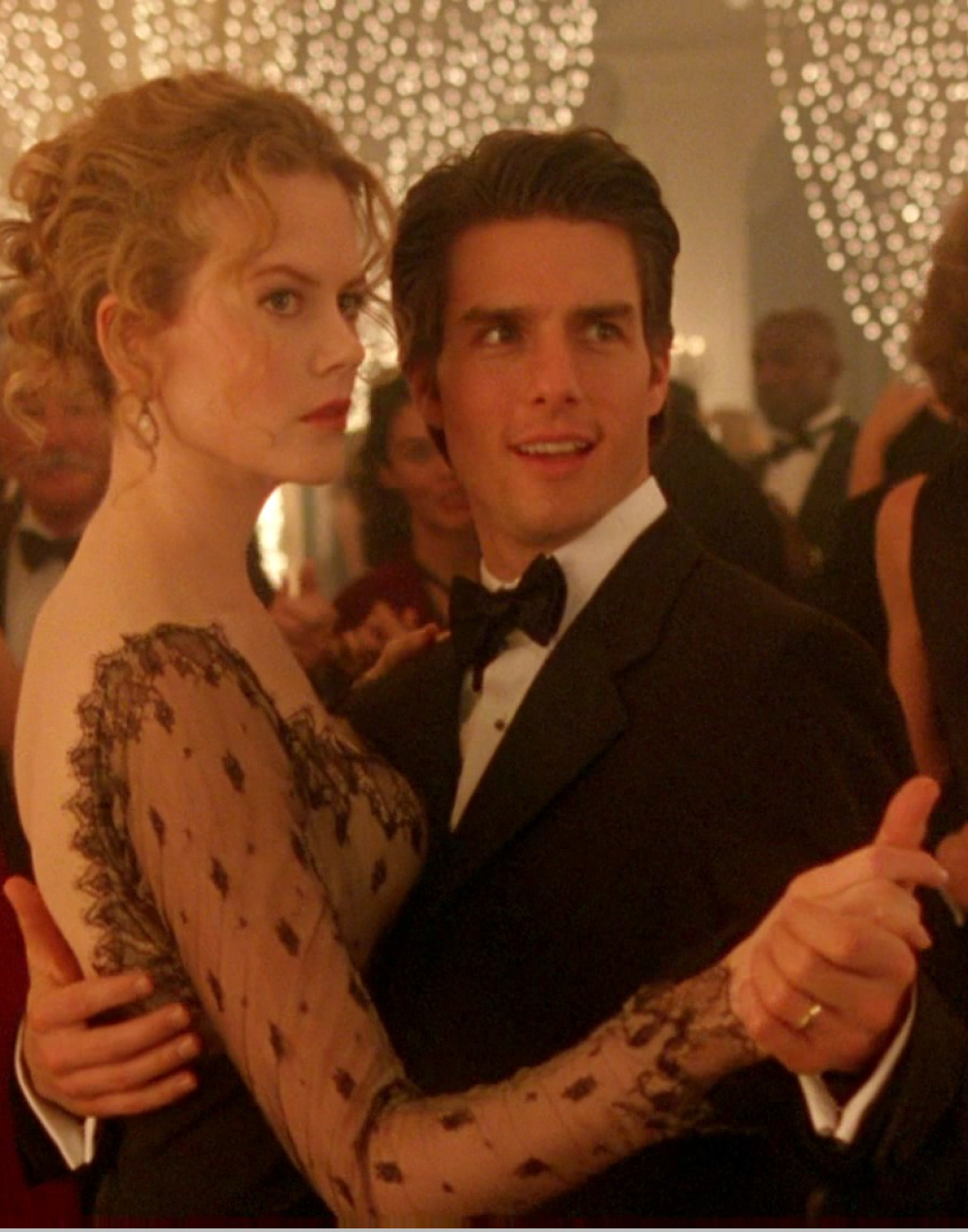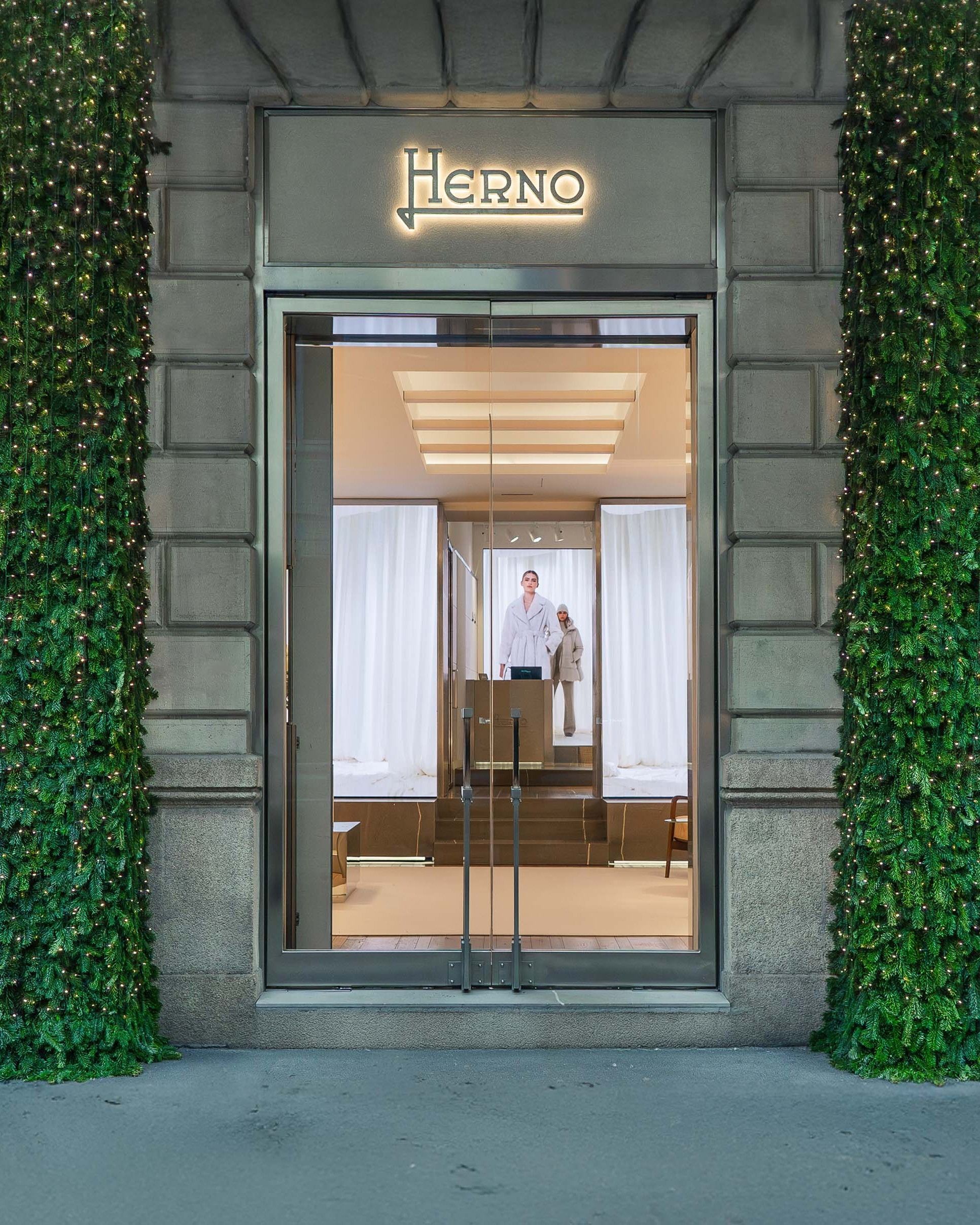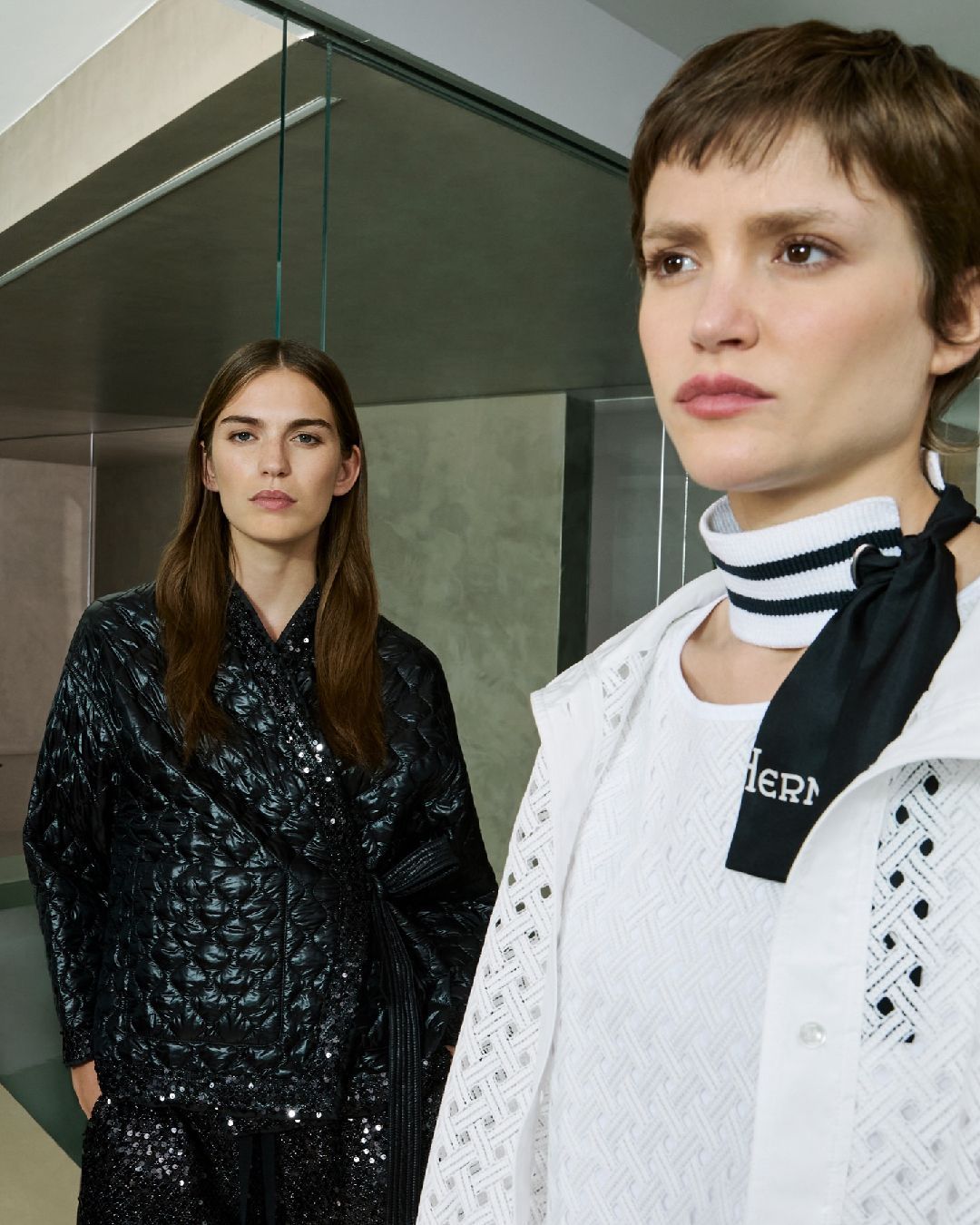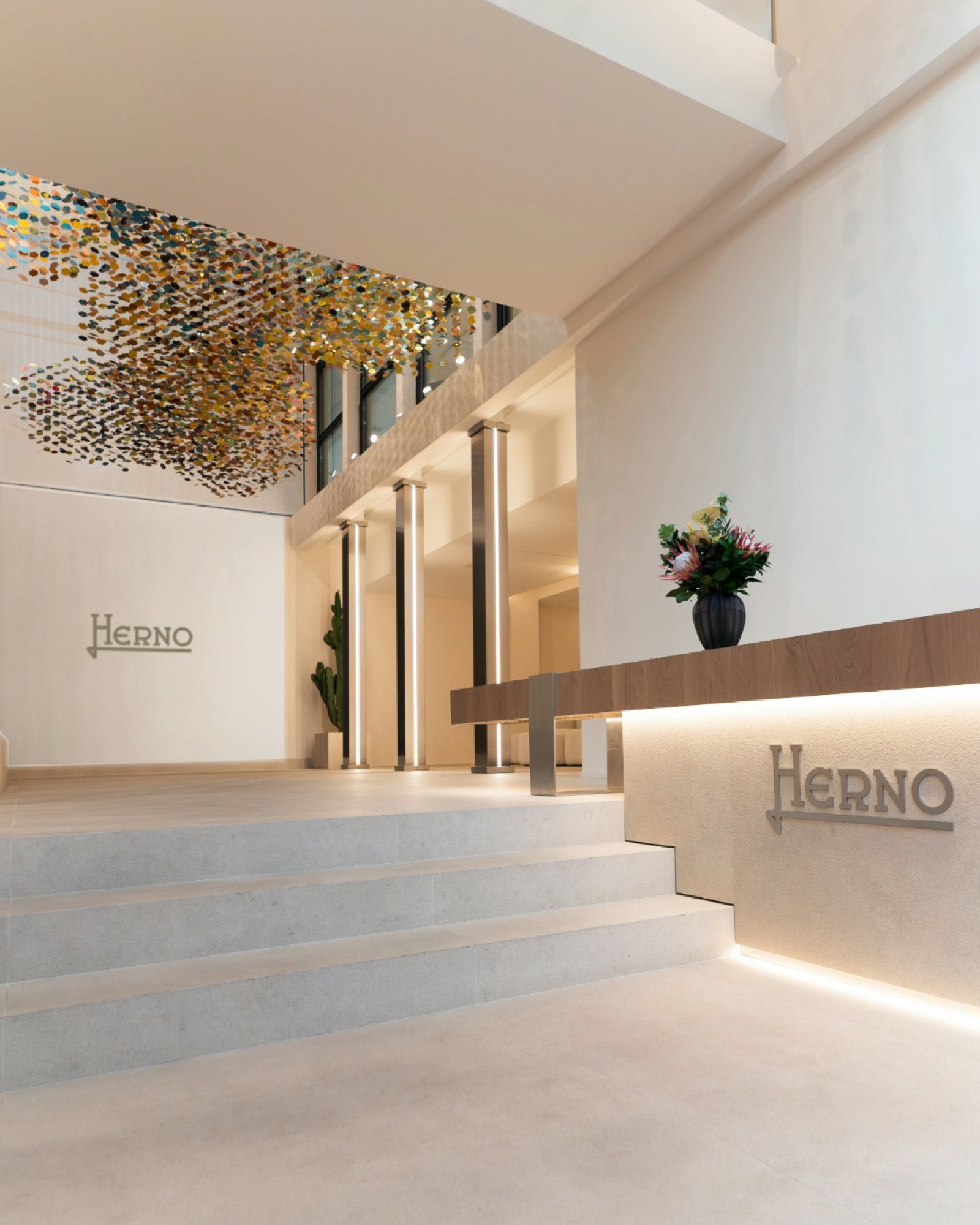
Herno inaugurates a new showroom on the occasion of the Women's SS24 Fashion Week 3000 square meters to express the heritage and DNA of the brand
The Milan Fashion Week will be an unrepeatable opportunity for Herno, with the launch of the Women's FW24 collection and the inauguration of the new showroom Spazio Herno. The showroom will not be the only place to welcome the collections, which have become increasingly diverse and extensive over the years, but it will become the space to represent the world of Herno in its entirety: the journey, the brand's evolution, collaborations, and sustainable projects. In the iconic building at Via Vespri Siciliani 9, whose contemporary and distinctive design is the work of De Amicis Architetti born from the recovery of an old factory, the areas are designed to enjoy continuous natural light on all floors of the building. Large windows and lounges are designed to facilitate connections and creative exchanges between the various units. Herno's sustainable vocation is also found in the remodeling of the structure: the roofs are completely covered with evergreen plants that follow the seasons with their colors, as well as in the winter rooftop gardens that accompany the visit to the corridors on the first floor.
As usual in Herno's history and its locations around the world, contemporary art could not be missing: two works strongly desired by President Claudio Marenzi: one personally commissioned by him to the American artist Pae White, Fair Winds & Following Seas, directly realized in the hall of Spazio Herno, at full height, to welcome guests. Monumental yet delicate, Pae White's suspended sculptures are kaleidoscopic compositions of thin threads delicately hanging cutouts of paper, as well as silkscreened steel pieces. In her practice, White focuses on the space around her works, driven by the desire to create a connection between this space and the works themselves. White's mobiles possess a disorienting charm: interacting with light and reflections, they animate the surrounding environment and invite observers to experience the space from a new perspective. Challenging the traditional concept of what a sculpture is, or should be, Pae White's mobiles reduce to what the artist herself defines as "an exploration of movement contained in a whirl of colors and delicate motion."
The other, positioned in the internal garden and visible through the windows that divide the space on the ground floor, is a work by Latifa Echakhch, Fantasia, a journey among nations unable to communicate, telling the fragility of the concept of borders, belonging, and cultural uprooting. Latifa Echakhch's Fantasia is a dense lattice of identical flagpoles emerging from the ground. They are the missing flags, and with them also the messages of hopeful optimism in international cooperation that national flags have the ability to suggest when waving in front of important buildings. Without a particular flag that makes them identifiable, the flagpoles evoke a generalized symbol of the nation-state; and their crowding and mutual interference can be interpreted both as the countless bustling arms of state bureaucracy and as machinations of global politics. At the same time, the bare flagpoles represent an invitation to contemplate the reversible and relative nature of national symbols and the identities they represent, thus appealing to the idea of multiculturalism. Fantasia has been exhibited in many shows dedicated to Latifa Echakhch, as well as at the 54th Venice Biennale in 2011 where the flagpoles flanked the avenue leading to the Italian Pavilion.











